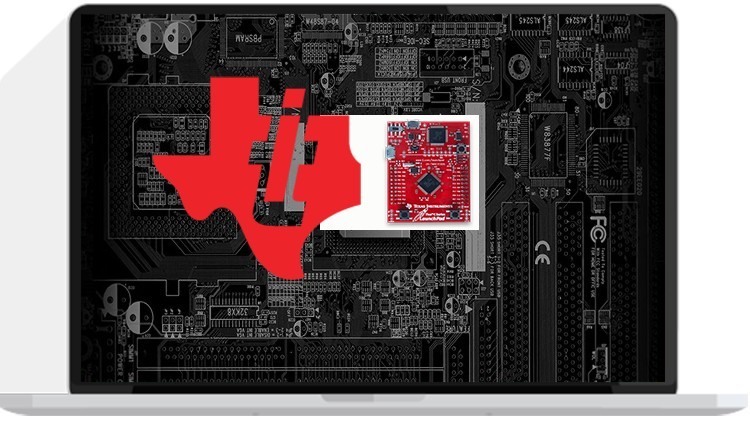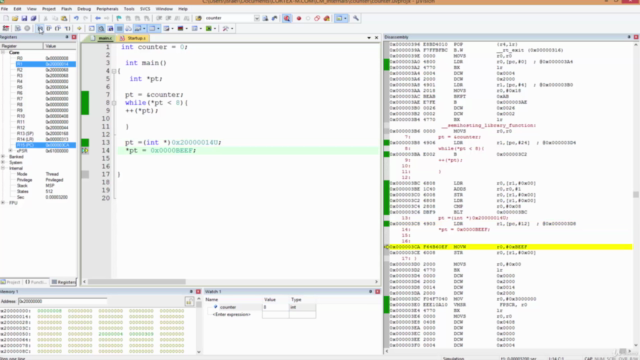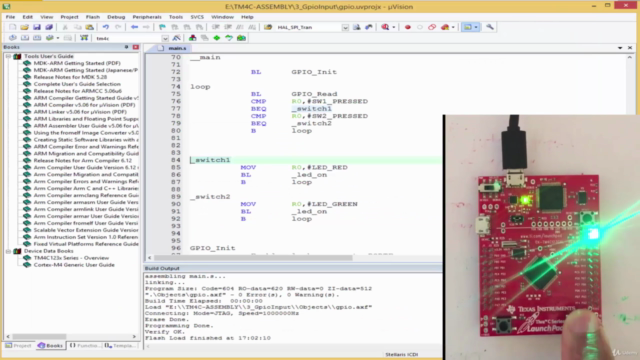Complete ARM Cortex-M Bare-Metal Programming (TM4C123)

What you will learn
Be able write firmware using bare-metal embedded-c
Write Embedded programs using just pointers and and memory addresses
Write more professional and efficient Embedded programs.
Understand the Cortex-M Architecture
Understand Load - Store Architecture
Understand ARM Cortex-M Debugging
Write UART drivers using ASSEMBLY code
Thoroughly understand the CMSIS core
Write firmware using only bare-metal embedded-c
Write TIMER drivers using ASSEMBLY code
Write Interrupt drivers using bare-metal embedded-c
Write Analog-to-Digital Converter (ADC) drivers using bare-metal embedded-c
Course Gallery




Loading charts...
Comidoc Review
Our Verdict
The Complete ARM Cortex-M Bare-Metal Programming (TM4C123) course is a well-rounded option for diving into Cortex-M internals, mastering pointers, structures, memory navigation, and debugging. It offers hands-on experience in programming UARTs, timers, and interrupts using Assembly code and CMSIS core usage with embedded-C.\n\n Despite minor issues like outdated Windows IDE instructions, a few sections appearing unorganized or missing elements, and occasional quality control concerns, the course offers practical value for learners seeking in-depth embedded systems knowledge.\n\n It is essential, however, to have patience with slower paced segments while some advanced topics might be better suited for those already familiar with embedded programming concepts.
What We Liked
- In-depth coverage of ARM Cortex-M internals, mastering pointers, structures, memory navigation, and debugging
- Comprehensive understanding of CMSIS core, enabling efficient firmware development using bare-metal embedded-C
- Practical UART, timer, and interrupt drivers' implementation in Assembly code
- Appreciated course structure, pacing, and the instructor's clear communication
Potential Drawbacks
- Reliance on Windows for IDE with outdated instructions, causing issues for some learners
- Some sections seem out of order, lack proper context, or contain inaccuracies and oversimplifications
- Minor issues include occasional slow typing, reading leading zeros excessively, and using potentially confusing terms like 'opcodes' for Assembly mnemonics
- Quality control concerns arise from the lack of slides and hardware component explanations